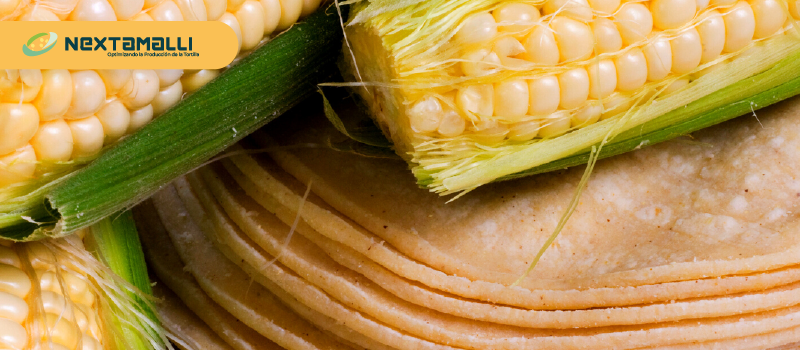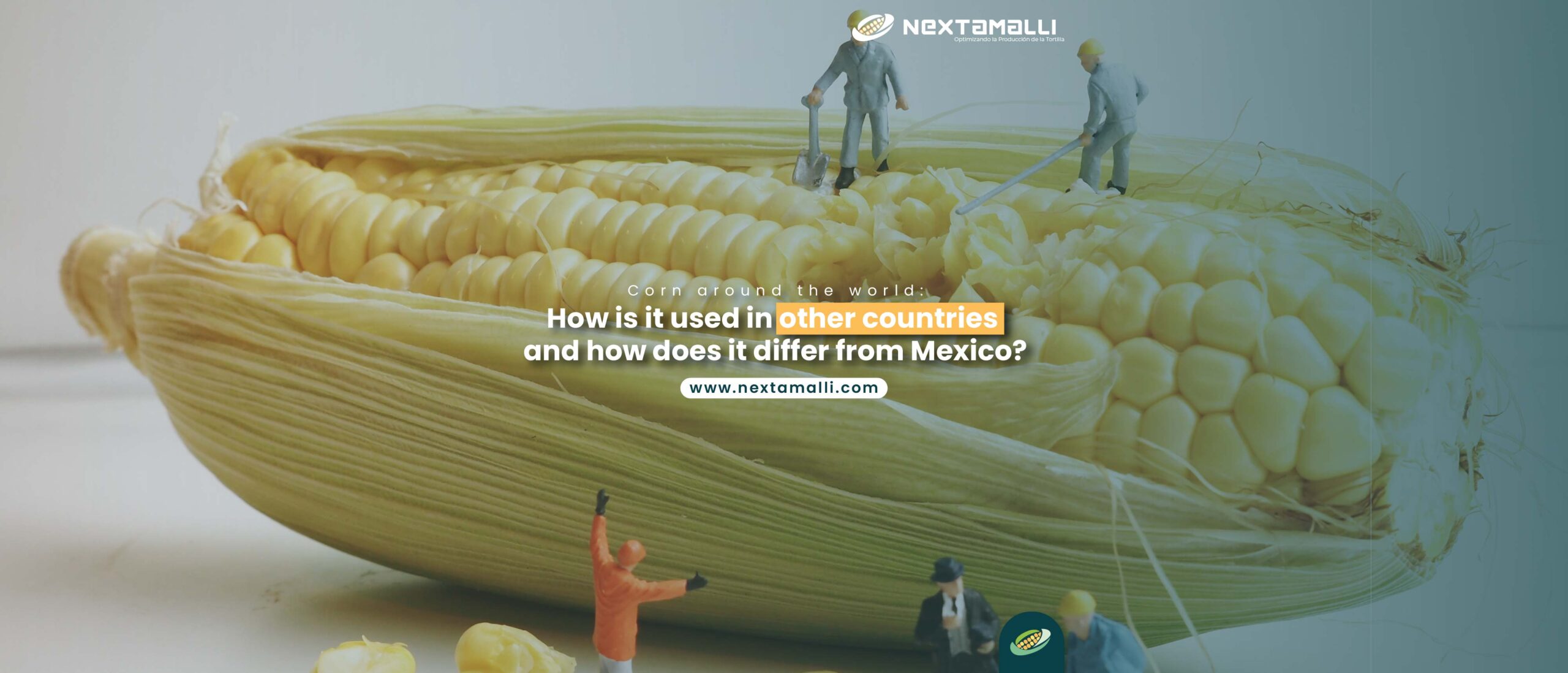The tortilla is an essential component of the Mexican gastronomy and culture. Its origins date back to pre-Hispanic times when the Mesoamerican civilizations made it from nixtamalized maize dough. Tortillas are a staple food in Mexico, with a consumption of around 139 kilograms per person per year (FAO, 2019). The traditional way of making tortillas involves the nixtamalization process, which is the ancient practice of soaking the maize kernels in an alkaline solution to release its nutrients and make it easier to digest (Bressani et al., 2003).
Tortillas come in different varieties, including the flour tortilla, which is a newer addition to the Mexican culinary scene. Flour tortillas were introduced to Mexico during the Spanish colonization in the 16th century, and it quickly became popular in the northern part of the country, where wheat cultivation was more common (Pilcher, 2012). Flour tortillas are made from wheat flour and are usually larger and thinner than corn tortillas.
The production and consumption of tortillas have significant economic impacts in Mexico and around the world. In Mexico, the tortilla industry is a multi-billion dollar industry, providing employment to millions of people, both in the formal and informal sectors (Friedman, 2008). The country is also the largest producer of tortillas in the world, with a production rate of around 22 million tons per year (FAO, 2019). The popularity of tortillas has also spread globally, with a growing demand for Mexican cuisine, especially in the United States, where tortillas have surpassed bread as the preferred carbohydrate (Friedman, 2008).
Despite its popularity, the tortilla industry in Mexico faces several challenges, including the rising price of maize and government regulations that restrict the use of genetically modified organisms (GMOs) in the production of tortillas (Guerra, 2020). These challenges have prompted the development of new technologies, such as the ALITECH technology offered by Nextamalli, which helps reduce production costs by conserving gas and increasing the yield of the nixtamalization process. The use of this technology can have a significant impact on the economic viability of the tortilla industry and ensure that this essential component of Mexican culture and cuisine continues to thrive.
In conclusion, the tortilla has been a staple food in Mexico for centuries, with its origins dating back to pre-Hispanic times. Its popularity has spread around the world, with the tortilla industry being a significant economic contributor in Mexico and other countries. The tortilla industry faces several challenges, but with the development of new technologies such as ALITECH, the industry can continue to thrive and contribute to the cultural and economic landscape of Mexico and beyond.
References:
- Bressani, R., Elías, L.G., and Morales, E. (2003). “Nixtamalization of maize: a review with emphasis on the process in Mesoamerica.” Archives of Latin American Nutrition, 53(3), 245-256.
- FAO. (2019). Food and Agriculture Organization of the United Nations. Retrieved from http://www.fao.org/faostat/en/#home
- Friedman, T. (2008). “The Tortilla Curtain.” The New York Times. Retrieved from https://www.nytimes.com/2008/02/03/magazine/03tortilla-t.html
- Guerra, C. (2020). “The challenges facing Mexico’s tortilla industry.” The Conversation. Retrieved from https://theconversation.com/the-challenges-facing-mexicos-tortilla-industry-127602
- Pilcher, J.M. (2012). Planet Taco: A





